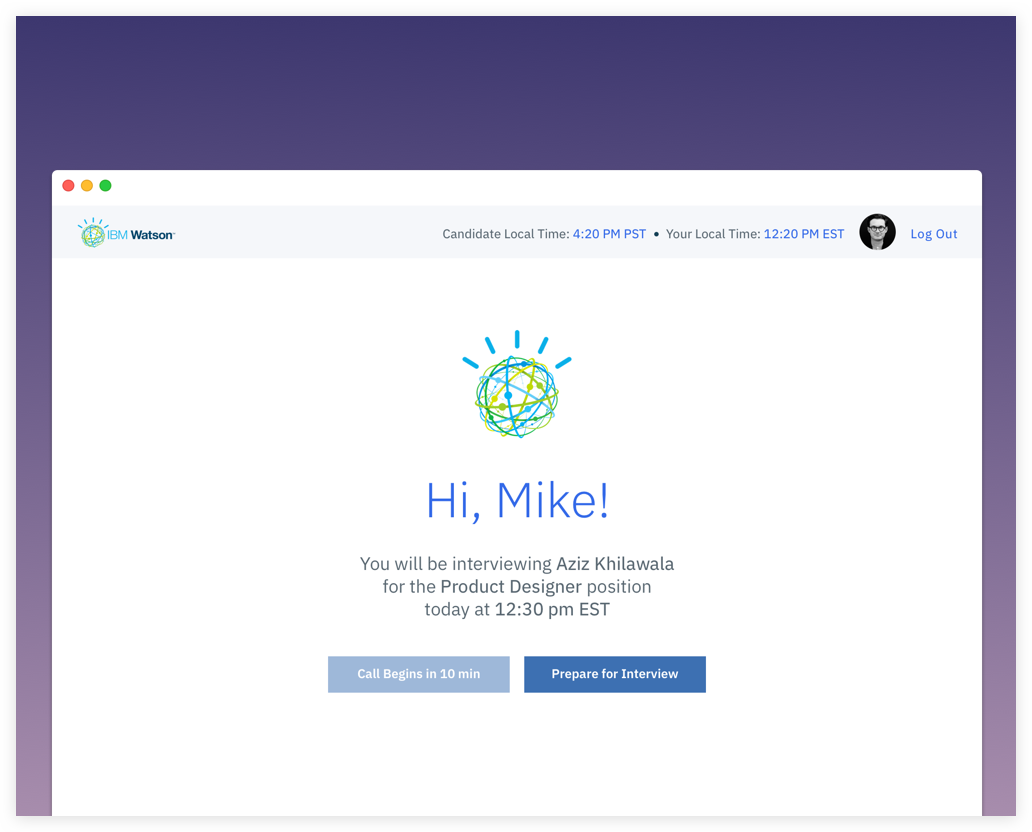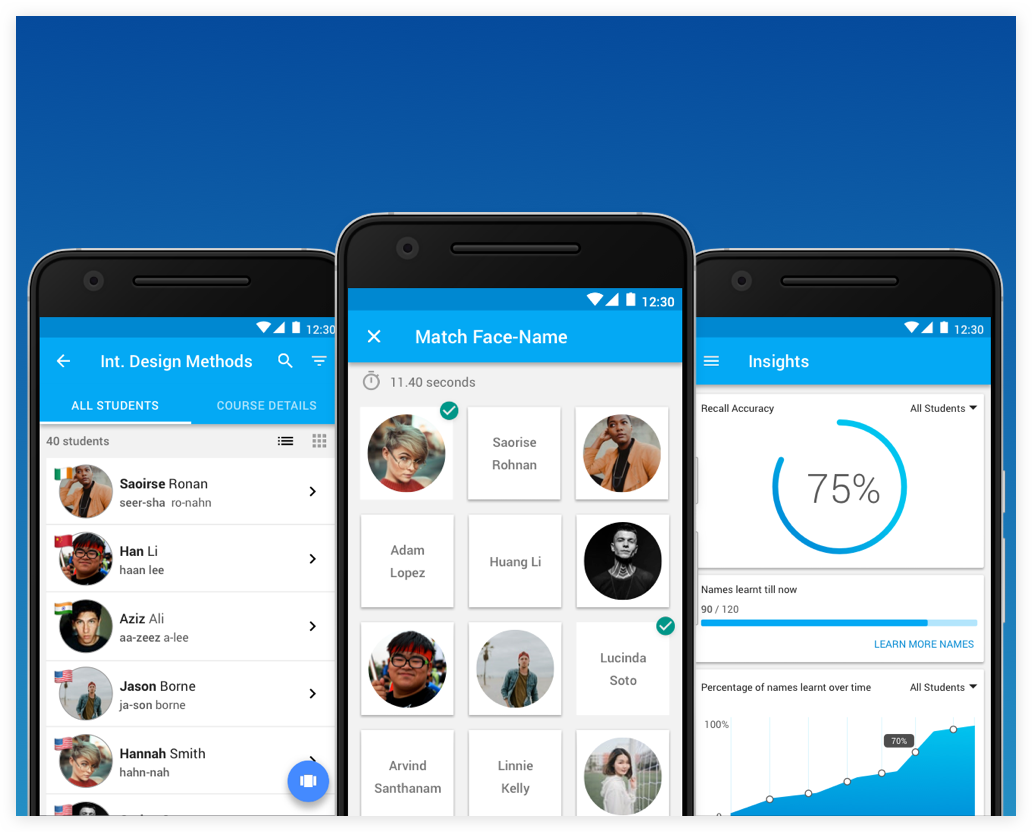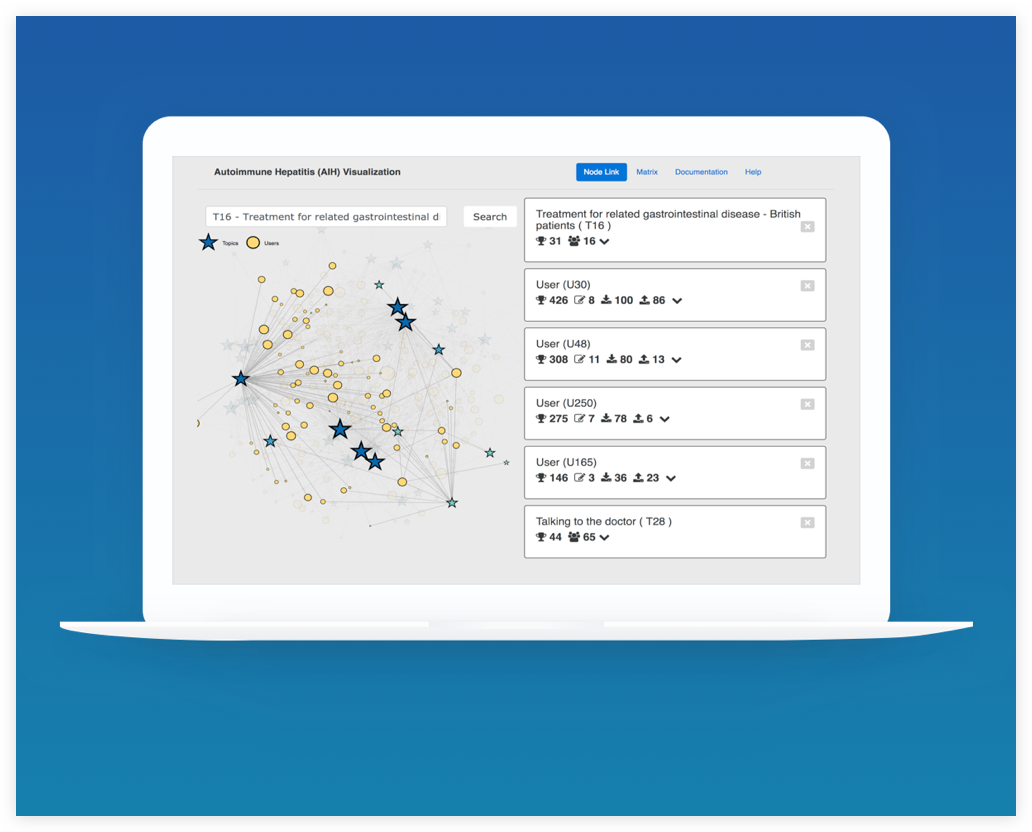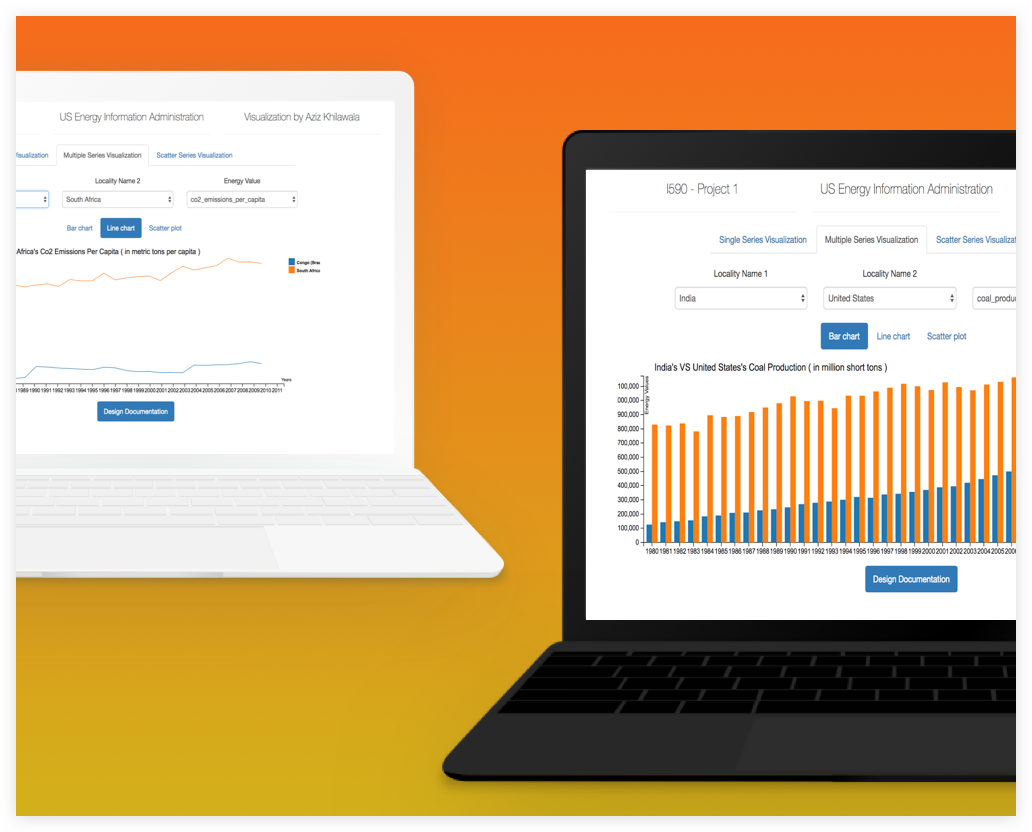AR Shoppers
Enhancing people’s grocery shopping experience through Augmented Reality
THE PROBLEM
Grocery shopping can often be a time-consuming activity. With hassles of handling the grocery list in one hand, searching for the respective item, picking it up and examining it with the other hand, and then repeating the cycle. This can often turn into an uncomfortable experience. To make it worse, the stores provide many different varieties of products, this leads us to choice paralysis, making it difficult for us to make a quick decision about which food item is the best for our needs.

THE QUESTION
How can the introduction of technology make the grocery shopping experience an efficient and more enjoyable process?
THE SOLUTION
AR Shoppers – Augmented Reality Glasses to aid Food Purchasing
We introduced a design solution to enhance people’s grocery shopping experience while not only helping them make healthier food choices but also saving time and money.
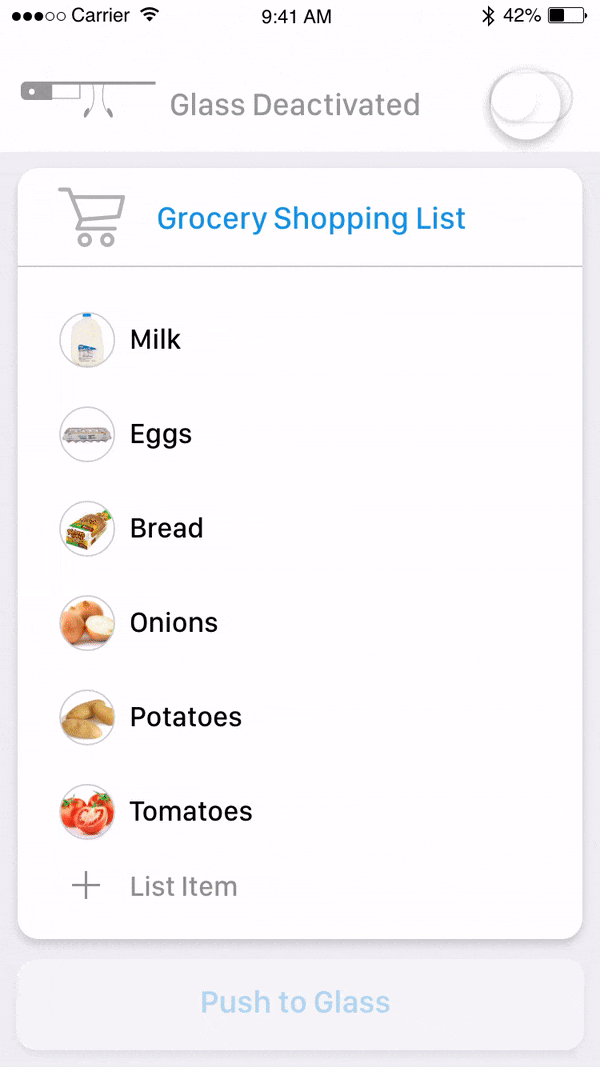

THE DESIGN PROCESS

DISCOVERY STAGE – INTERVIEWS, OBSERVATIONS & PROBLEM SYNTHESIS
Interviews were conducted with people from different demographics like students, professionals, and working parents. People suggested that time, health and money are really important factors in prioritizing choices about what to purchase and what to eat.
Observations were made to understand the food purchasing pattern of people at a variety of grocery stores in the Indianapolis region. Most people shopped for grocery using a grocery list, while others spent a lot of time deciding what to buy after gazing for a minimum of 10 minutes at a section.
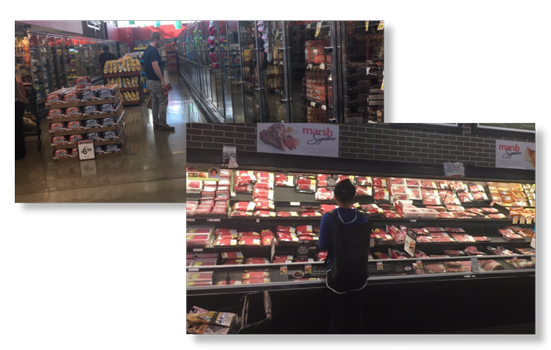
Fig. Observing people at a local grocery store
With the help of affinity diagrams and cognitive mapping techniques, we were able to narrow down our scope and find meaningful information from our research data. The needs of the users discovered were as follows:
- Make grocery shopping time efficient
- The need to locate food items quickly
- Finding the best option from a group of similar items

Fig. Affinity Diagramming & Cognitive Mapping techniques were implemented
INTERPRETATION STAGE – PERSONAS & USER SCENARIOS
Based on the synthesized research data, personas were created that corresponds to the needs of our target audience.
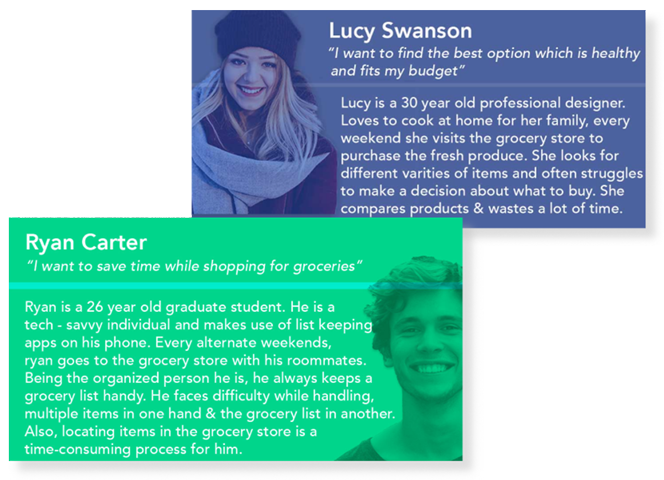
Fig. Lucy and Ryan’s personas
IDEATION STAGE – BRAINSTORMING, SKETCHING & STORYBOARDING
Brainstormed ideas that would meet our user’s requirement on the whiteboard. Each team member came up with 10 different ideas and then we collaborated and voted the most novel and fitting idea.
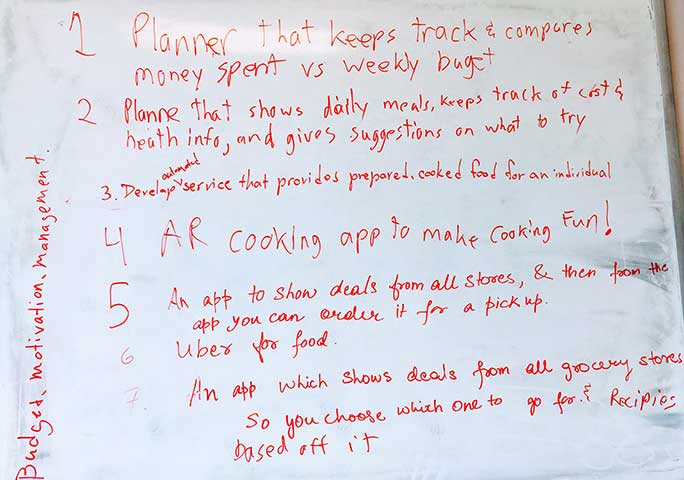
Fig. Brainstormed ideas on the whiteboard
We finalized on designing a solution using Augmented Reality glasses (eg. Google Glass) to make the grocery shopping experience hands-free. The augmented interface could not only help the users locate the items easily, but also the use of emojis could reduce the cognitive load to aid in decision making while purchasing groceries.
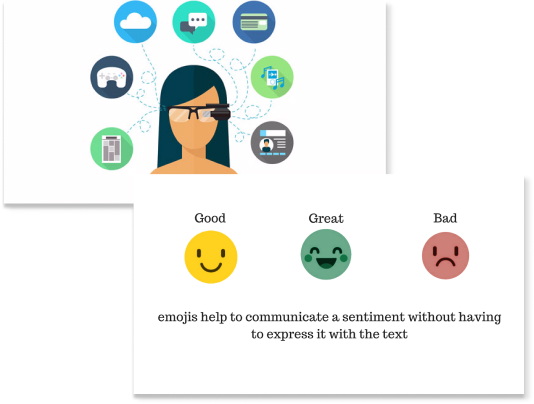
Fig. the use case of glasses and the benefits of emojis
Storyboards were sketched to visualize the scenarios in which our users would use the intended solution.
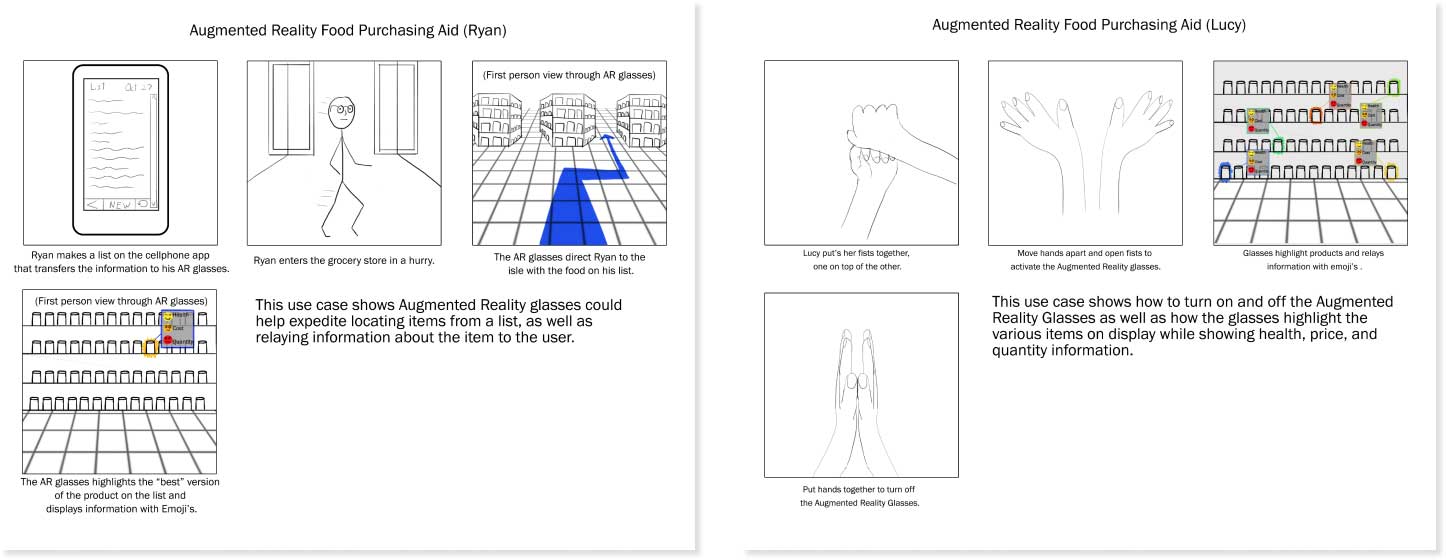
End to end Task Flow of the proposed solution

EXPERIMENTATION STAGE – LOW-FIDELITY PROTOTYPES, USER TESTING & HIGH-FIDELITY PROTOTYPES
Designing the prototype and testing it with users was a considerable challenge because our design uses augmented reality glasses. We designed two versions of the interface that the user will interact with. Photoshop, Photographs, and Balsamiq were the tools employed to design the prototypes.
Low-fidelity Prototypes

The grocery list from the phone gets transferred to the glasses memory system through Bluetooth connection. The list re-optimizes according to the nearby reach of the item in the store. The user views the grocery list on the glasses interface. The interface then directs the user where that particular item is placed in the store.
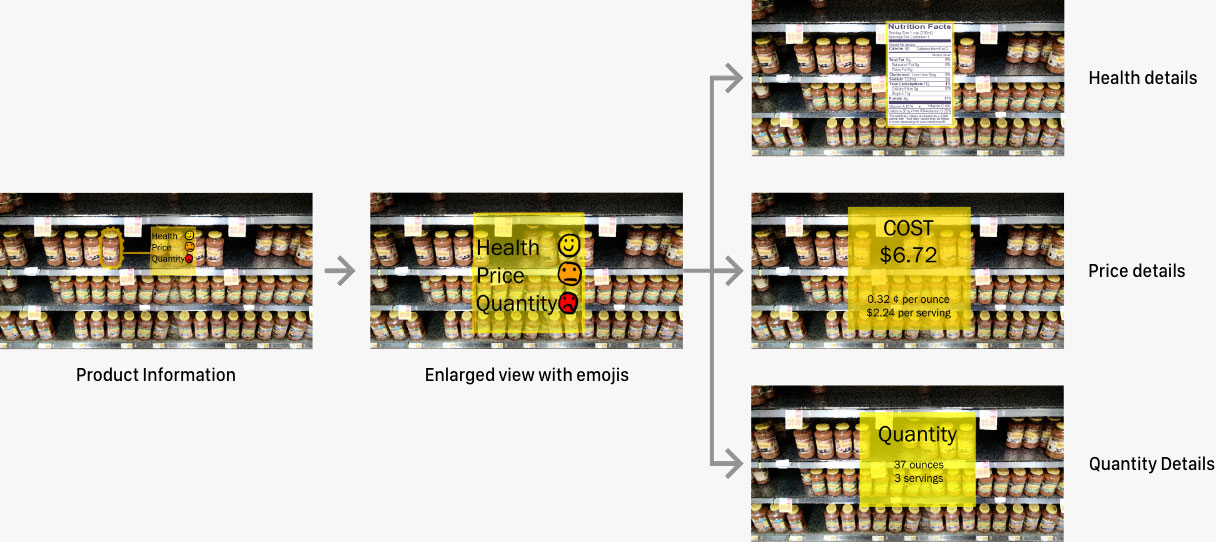
The information relayed next to the item is categorized into three parts, Health, Price & Quantity. The value of each category is depicted by the means of emojis which aids the user in decision making. The user can further interact with the interface to view detailed information of each category.
High-fidelity Prototypes
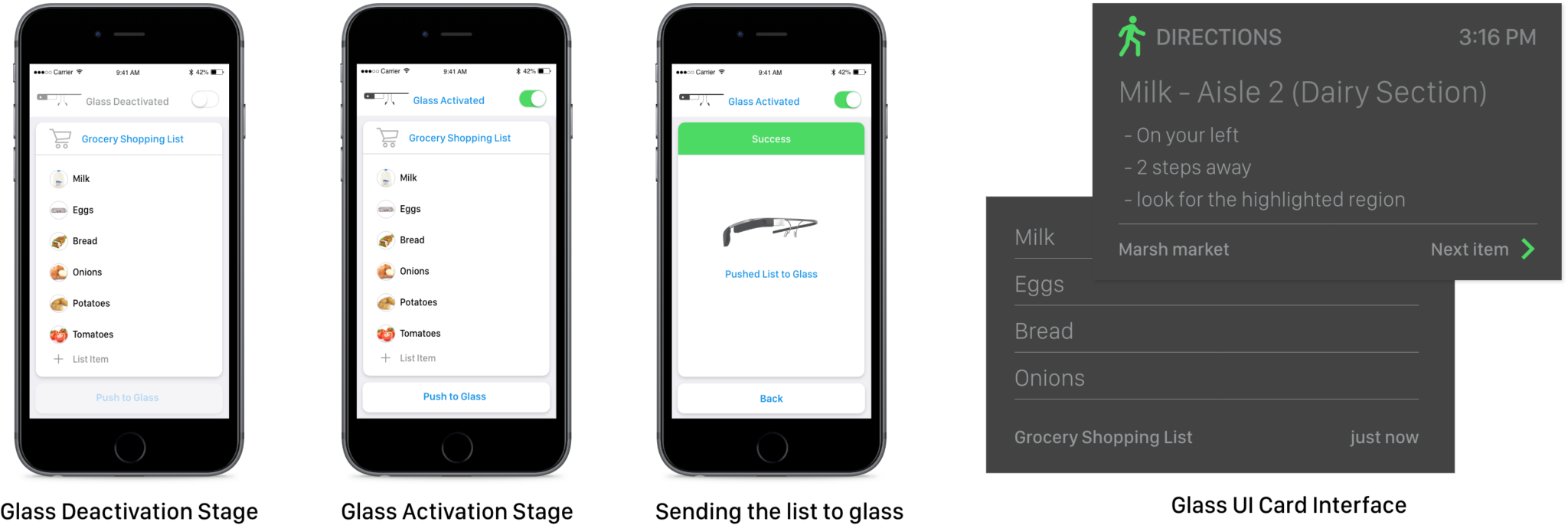

AFTER THOUGHTS
We believe that the use of Augmented Reality is a novel solution to enhance people’s grocery shopping experience. It is a relatively less explored application with glasses. In order to have a better-designed system, our next steps are as follows:
- Create an instructional demo which first time and experienced users can take a look at to understand what functions and gestures need to be performed to interact with the interface
- Since AR is a new, less adopted technology with limited users, evaluating the design would be a challenging process
- We believe that more usability evaluations and iterations are necessary to improve our device’s appearance and functionality
